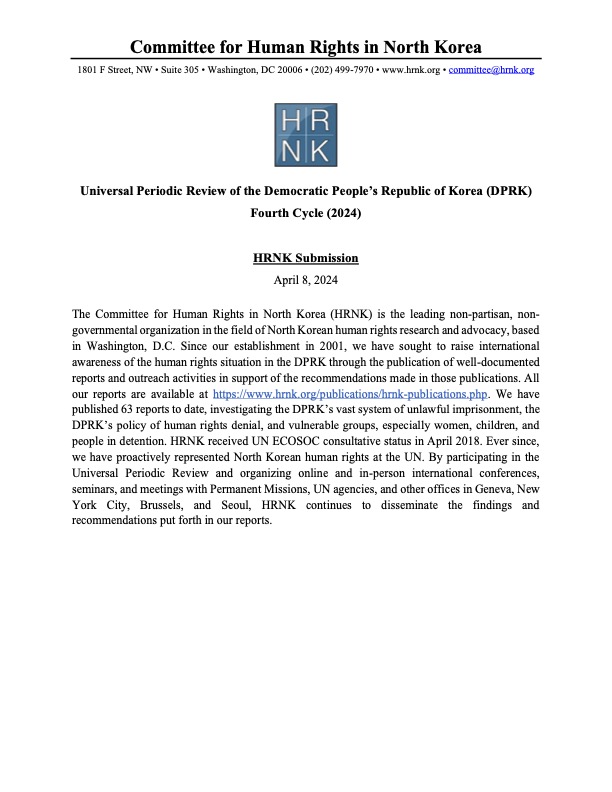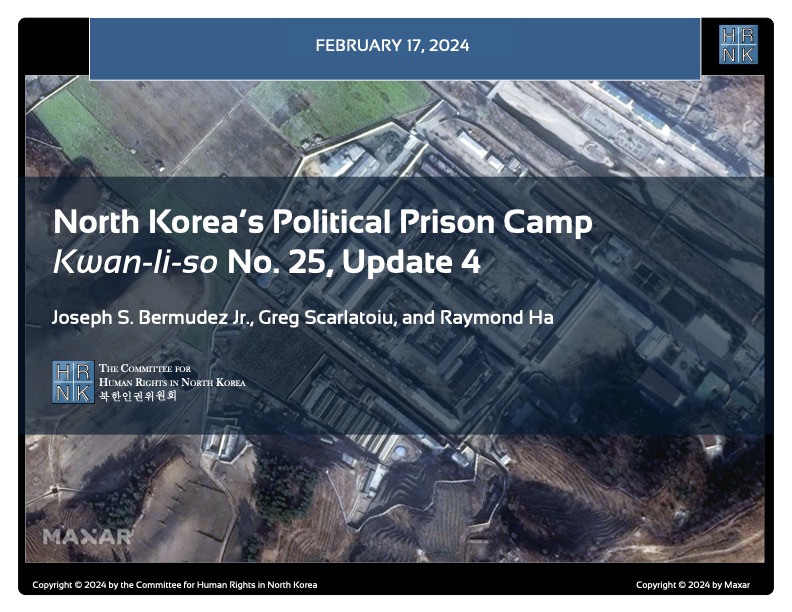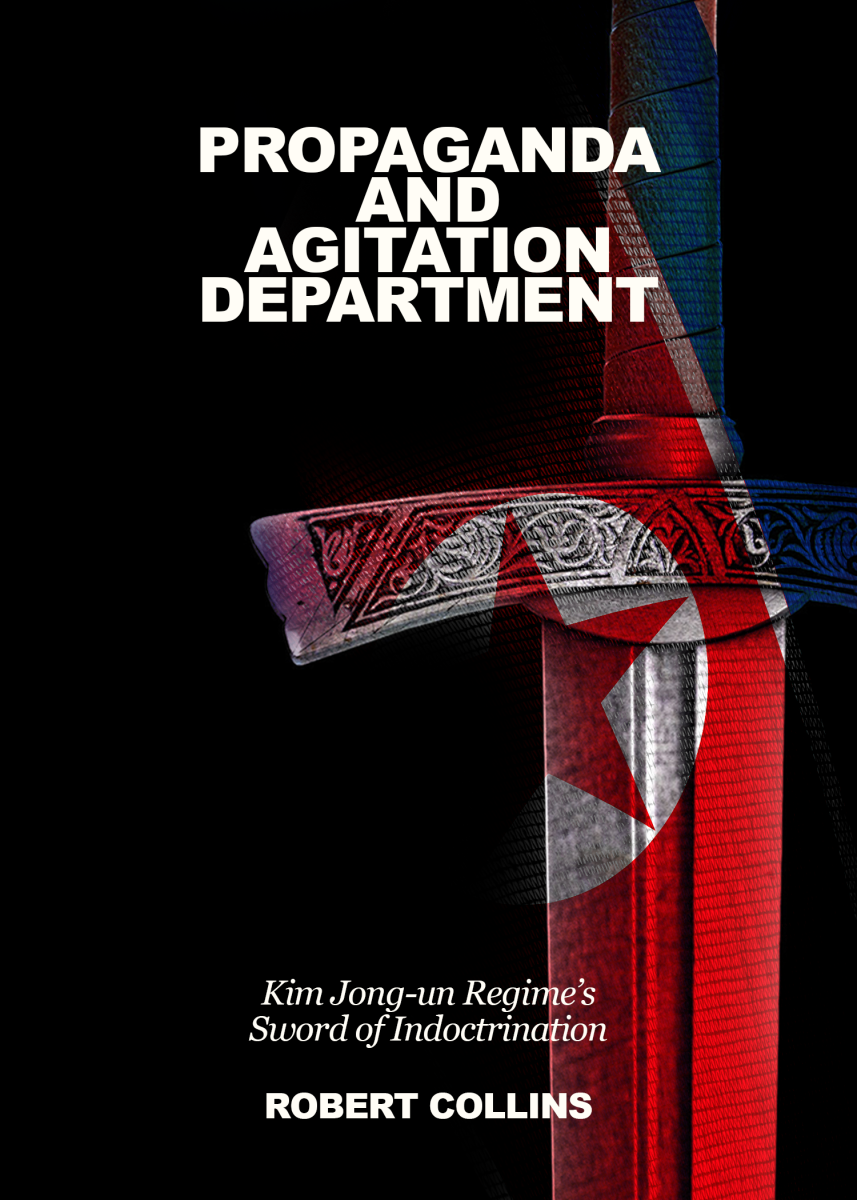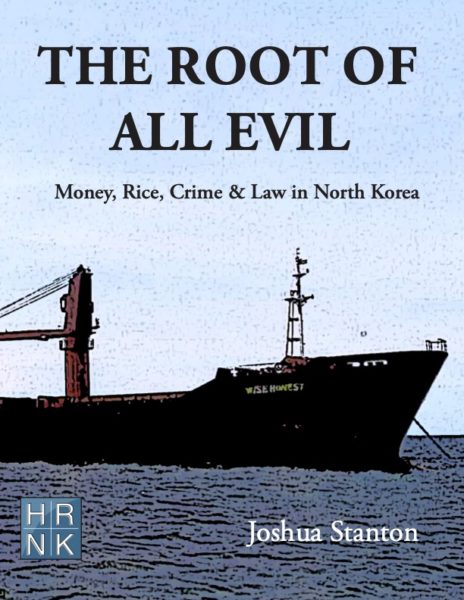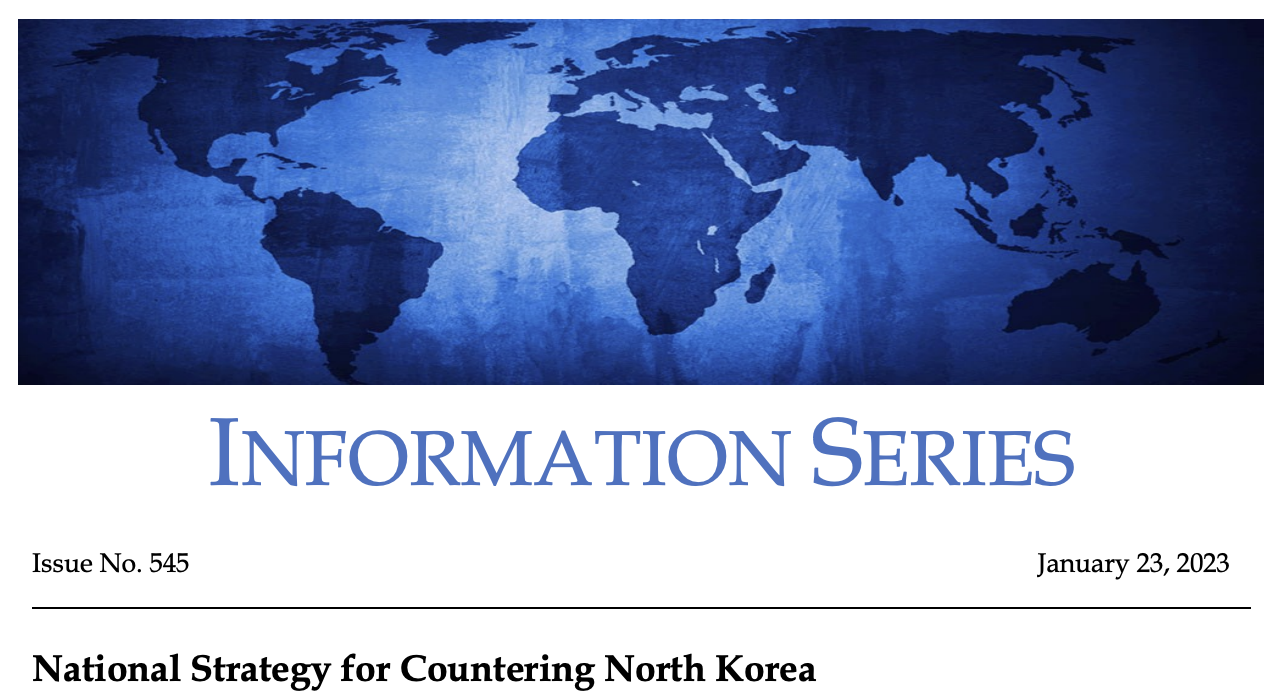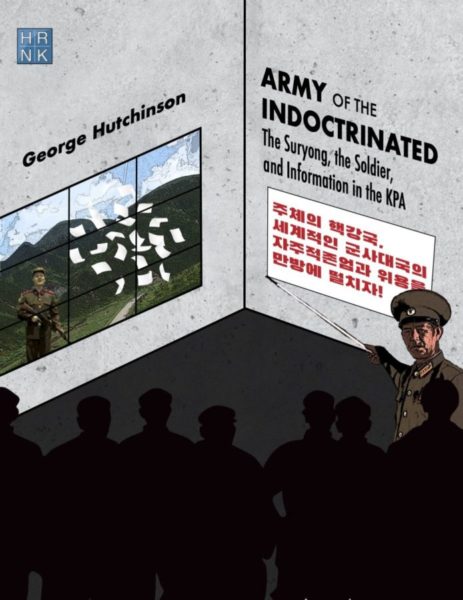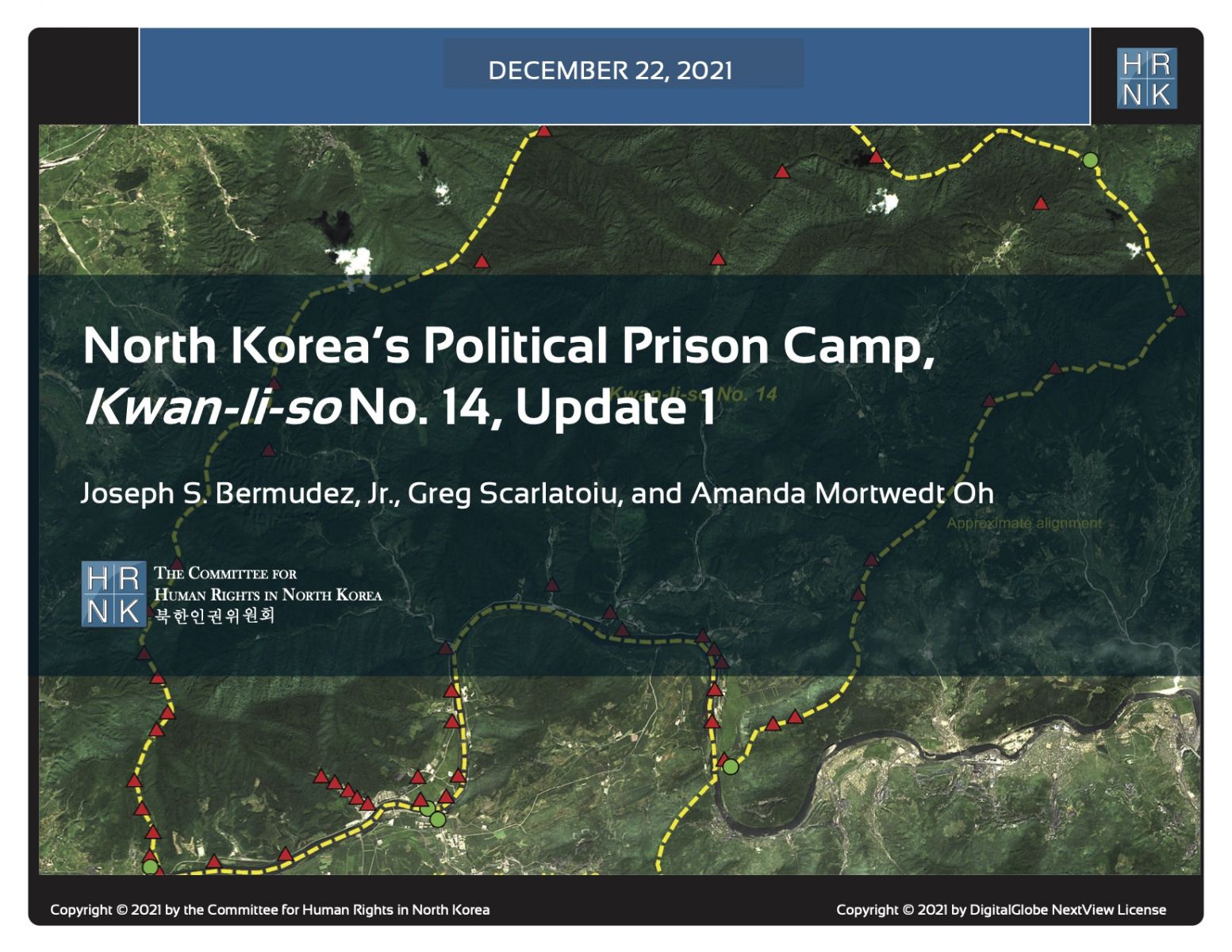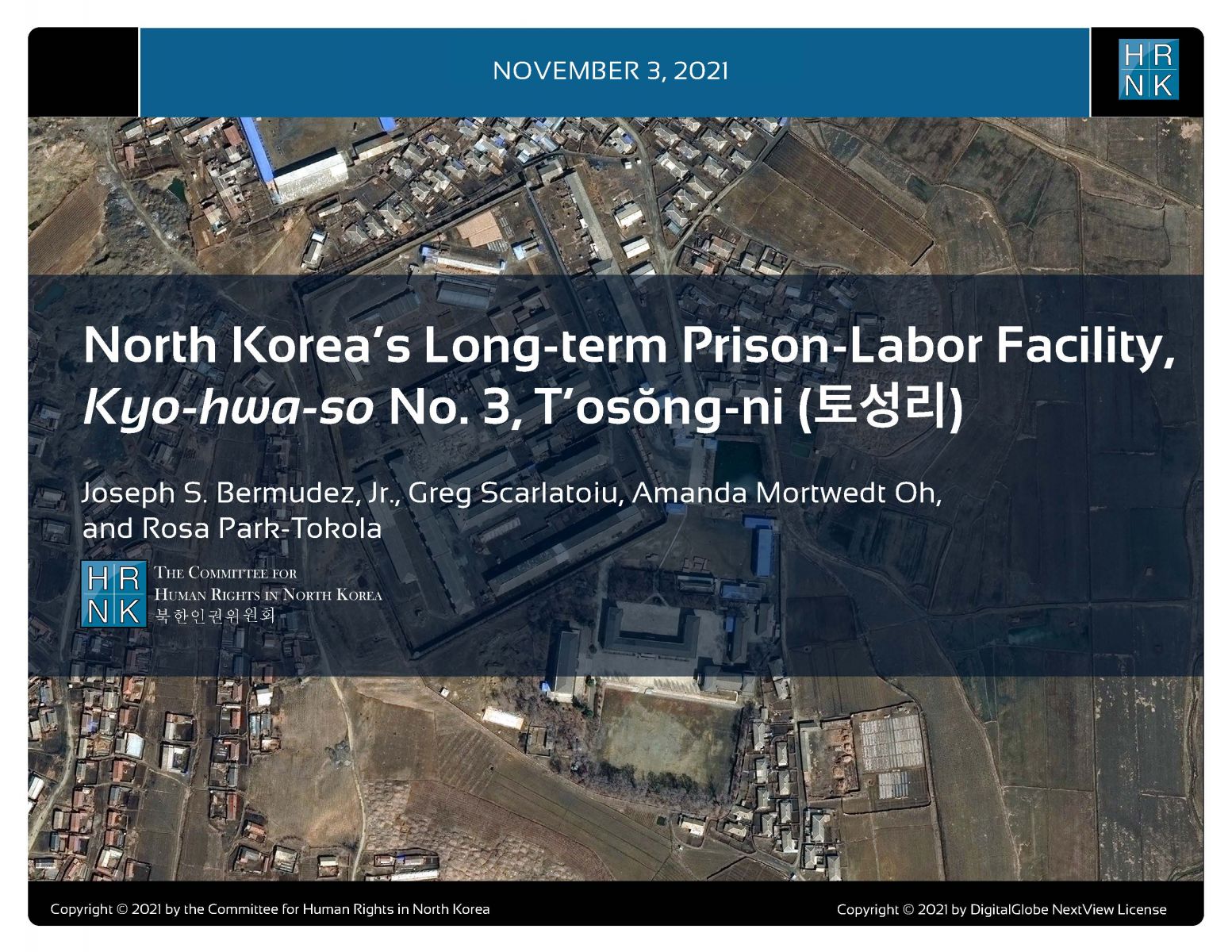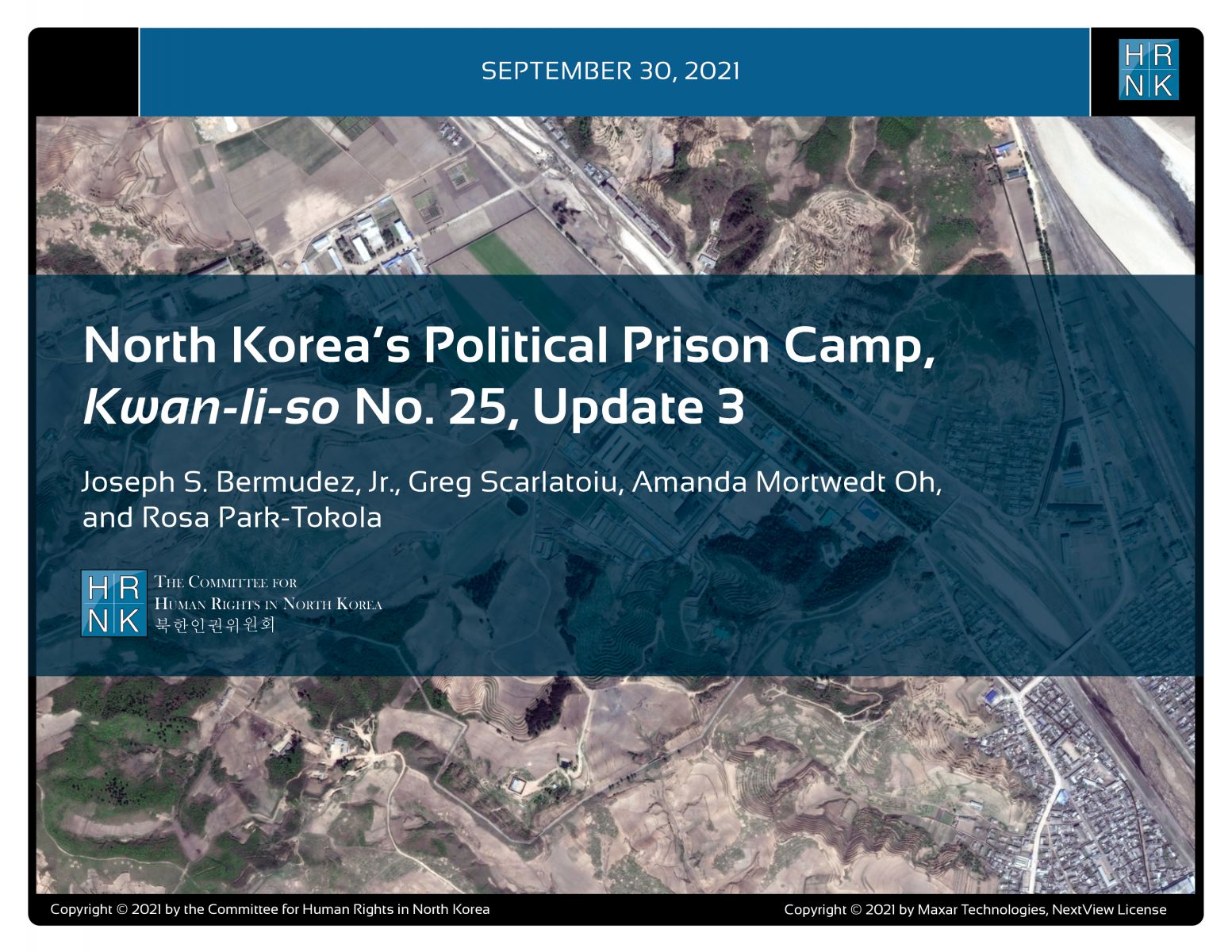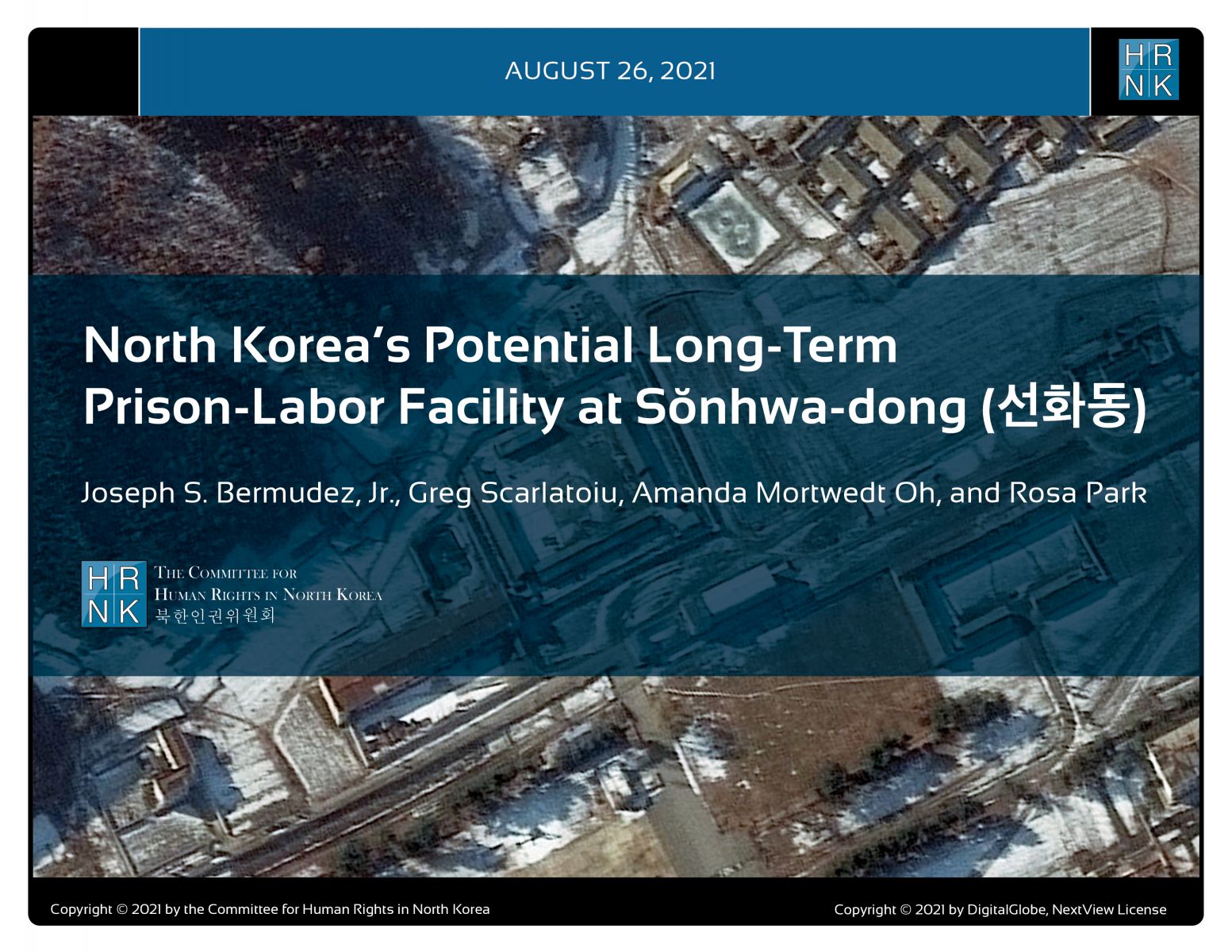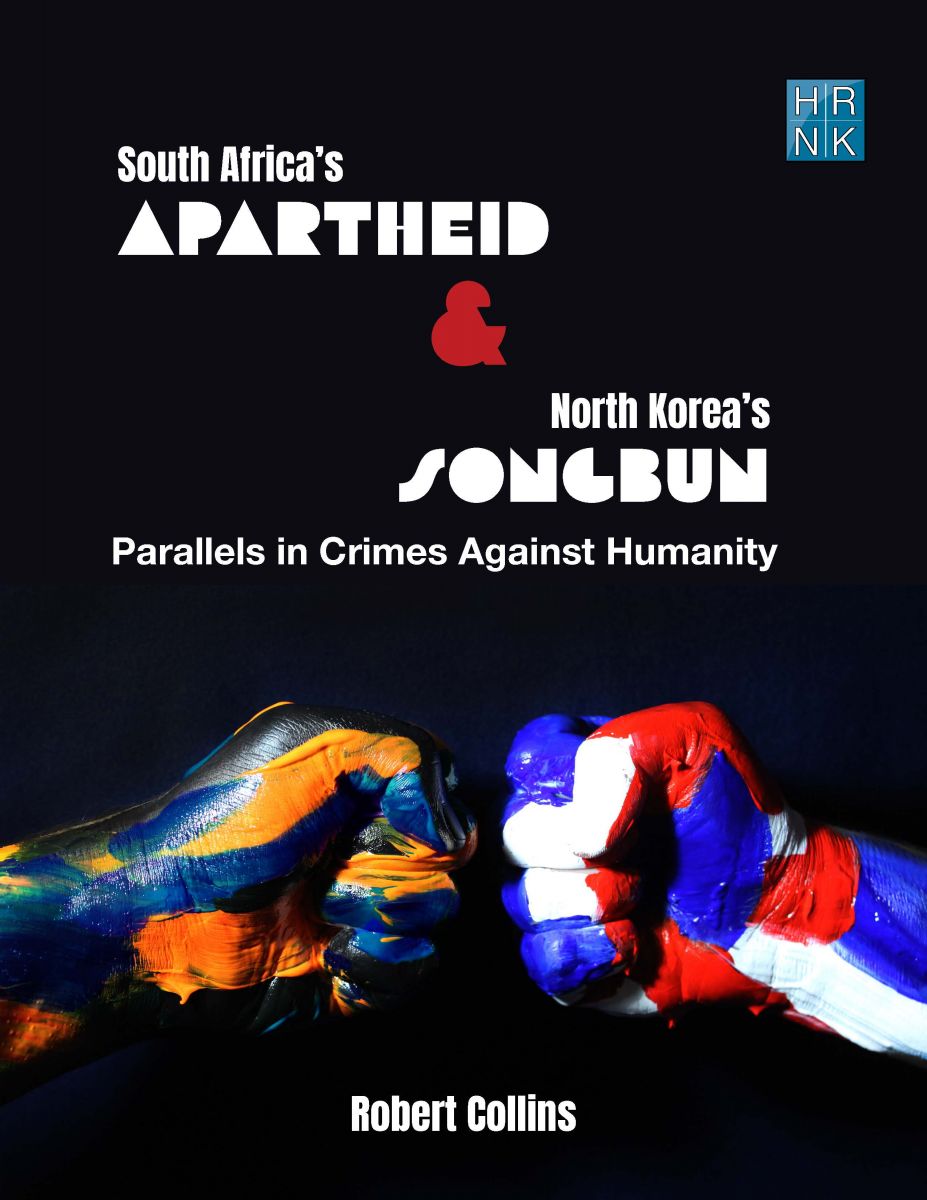PRESS RELEASE
Thursday, March 17, 2016
The Committee for Human Rights in North Korea (HRNK) and AllSource Analysis (AllSource) Launch Report Based on Satellite Imagery of North Korea’s Ch’oma-bong Restricted Area
North Korea’s fifth operational political prison camp? Unprecedented “high-security internal compounds” constructed at the height of “fearpolitik,” high-value detainees likely present
The Committee for Human Rights in North Korea (HRNK), a non-governmental organization based in Washington, D.C. and AllSource Analysis (AllSource), a leading global provider of high-resolution earth imagery solutions, have launched a report entitled North Korea: Ch’oma-bong Restricted Area.
Ch’oma-bong Restricted Area is situated approximately 72 km north-northeast of the capital city of Pyongyang and approximately 9.5 km southeast of Kaech’on, South Pyongan Province, where Political Prison Camp No. 14 is located. For this report, AllSource used pan-sharpened multispectral satellite imagery collected by DigitalGlobe, Airbus Defense and Space, NASA’s EO-1, and Landsat from December 18, 2006 through May 24, 2015. Imagery analysis leads to the determination that the area is a kwan-li-so (political prison camp).
The Ch’oma-bong Restricted Area was established between 2006 and 2007. Although witness testimony is not yet available, satellite imagery analysis and a comparison of its infrastructure to North Korea’s known kwan-li-so indicate that it should likely be counted as one of North Korea’s newest political prison camps, the fifth fully operational detention facility of this kind. Neither the U.S. nor the ROK government has publicly classified Ch’oma-bong as a kwan-li-so yet, although North Korean gulag researcher Curtis Melvin associated the area to a kwan-li-so in January 2013.
Ch’oma-bong Restricted Area is a small and well-maintained prison camp, enclosed within a 20.4 km security fence. Approximately half of the outer camp perimeter is double-fenced, along areas more vulnerable to escape attempts. Three barracks, three outer perimeter entrances and checkpoints, and two internal entrances and checkpoints were identified. Although guard positions do not provide overlapping fields-of-view of the facility, they are located along the most obvious escape routes. The original village of Ch’oma-bong is situated about 500 meters to the southeast of the main camp entrance. Administrative offices of an adjacent coal mine are located about 800 meters southeast of the camp, together with local Korean Workers’ Party offices.
Between October 2013 and April 2014, two high-security internal compounds were established. These compounds are enclosed by a double-fenced security perimeter. Although the length of that security fence is only 3 km, almost seven times shorter than the 20.4 km outer camp perimeter, the internal high security area is protected by nine guard positions, two more than those lined up along the outer camp perimeter. According to HRNK Executive Director Greg Scarlatoiu, such high-security internal compounds “have not been identified at other political prison camps in North Korea.” Scarlatoiu further added: “The construction of these internal high-security perimeters coincides with the escalation of Kim Jong-un’s ‘fearpolitik,’ during the purging of Jang Sung-taek associates prior to and after his execution in December 2013. It is possible that purged senior officials may be held at Ch’oma-bong’s high-security internal compounds, but witness testimony will be needed to definitively confirm this supposition.”
Economic activity within the camp area is focused primarily on mining, agriculture, and to a lesser extent light industry. The economic activity level at Ch’oma-bong is significantly lower than the level observed by HRNK and AllSource at Camps 14, 15, and 16. HRNK Executive Director Scarlatoiu interpreted this finding as “possible indication that Ch’oma-bong is more focused on punishing and isolating detainees, rather than ‘reeducating’ them through forced labor.” Satellite imagery analysis also suggests that some of the original residents of the area have remained within the new facility’s perimeter, while detainees were brought in to work and expand preexisting mining activities. The “non-detainees” appear to have a nominal degree of freedom of movement and access to food.
The report is the latest step in a collaborative effort by HRNK and AllSource to create a clearer picture of the evolution and current state of North Korea’s political prison camps. HRNK is the nongovernmental organization that put North Korea’s penal labor colonies on the map by publishing Hidden Gulag in 2003, Hidden Gulag Second Edition in 2012, North Korea’s Hidden Gulag: Interpreting Reports of Changes in the Prison Camps in 2013, and The Hidden Gulag IV: Gender Repression & Prisoner Disappearances in 2015, all authored by world-renowned investigator David Hawk. Together, the two organizations have been closely monitoring North Korea’s political prison camps so that any attempts to distort the harsh reality of the camps by destroying evidence will not go unnoticed.
The report, North Korea: Ch’oma-bong Restricted Area, is available on HRNK’s website:
www.hrnk.org/uploads/pdfs/ASA_HRNK_Chmbg_201603_FINAL.pdf.
For media inquiries, contact: Greg Scarlatoiu, Executive Director
[email protected]; 202-499-7973
Gordon Flake (Co-Chair)
Chief Executive Officer, Perth USAsia Centre,
The University of Western Australia
Co-author, Paved with Good Intentions:
The NGO Experience in North Korea
Katrina Lantos Swett (Co-Chair)
President and CEO,
Lantos Foundation for Human Rights and Justice
John Despres (Co-Vice-Chair)
Consultant on International Financial & Strategic Affairs
Suzanne Scholte (Co-Vice-Chair)
President,
Defense Forum Foundation
Seoul Peace Prize Laureate
Helen-Louise Hunter (Secretary)
Attorney
Author, Kim Il-Song’s North Korea
Kevin C. McCann (Treasurer)
General Counsel, StrataScale, Inc.
Counsel, SHI International Corp.
Roberta Cohen (Co-Chair Emeritus)
Non-Resident Senior Fellow,
Brookings Institution
Specializing in Humanitarian and Human Rights Issues
Andrew Natsios (Co-Chair Emeritus)
Former Administrator,
U.S. Agency for International Development
Director,
Scowcroft Institute of International Affairs
Executive Professor, The Bush School of Government & Public Service,
Texas A&M University
Author of The Great North Korean Famine
Morton Abramowitz
Senior Fellow,
The Century Foundation
Jerome Cohen
Co-Director, US-Asia Law Institute,
NYU Law School
Adjunct Senior Fellow,
Council on Foreign Relations
Lisa Colacurcio
Advisor, Impact Investments
Rabbi Abraham Cooper
Associate Dean,
Simon Wiesenthal Center, Los Angeles
Jack David
Senior Fellow,
Hudson Institute
Paula Dobriansky
Chair, World Affairs Council of America
Adjunct Senior Fellow, Belfer Center for Science and International Affairs,
Kennedy School of Government,
Harvard University
Distinguished National Security Chair,
U.S. Naval Academy
Nicholas Eberstadt
Henry Wendt Chair in Political Economy,
American Enterprise Institute
Author of books on North Korea, including North Korea in Transition: Politics, Economy, and Society
Carl Gershman
President,
National Endowment for Democracy
Stephen Kahng
President,
Kahng Foundation
David Kim
Coordinator,
The Asia Foundation
Debra Liang-Fenton
U.S. Institute of Peace
Former Executive Director, HRNK
Winston Lord
Former Assistant Secretary for East Asia,
Department of State
Former Ambassador to China
Director of Policy Planning Staff,
Department of State
Former President,
Council on Foreign Relations
Former Chairman,
National Endowment for Democracy
David Maxwell
Associate Director,
Center for Security Studies and the Security Studies Program, Georgetown University
Colonel, U.S. Army (Ret.)
Marcus Noland
Executive Vice President and Director of Studies,
Peterson Institute for International Economics
Author of books on North Korea including Avoiding the Apocalypse: the Future of the Two Koreas
Jacqueline Pak
Professor,
George Washington University
In this submission, HRNK focuses its attention on the following issues in the DPRK: The status of the system of detention facilities, where a multitude of human rights violations are ongoing. The post-COVID human security and human rights status of North Korean women, with particular attention to sexual and gender-based violence (SGBV). The issue of Japanese abductees and South Korean prisoners of war (POWs), abductees, and unjust detainees.
This report provides an abbreviated update to our previous reports on a long-term political prison commonly identified by former prisoners and researchers as Kwan-li-so No. 25 by providing details of activity observed during 2021–2023. This report was originally published on Tearline at https://www.tearline.mil/public_page/prison-camp-25.
This report explains how the Kim regime organizes and implements its policy of human rights denial using the Propaganda and Agitation Department (PAD) to preserve and strengthen its monolithic system of control. The report also provides detailed background on the history of the PAD, as well as a human terrain map that details present and past PAD leadership.
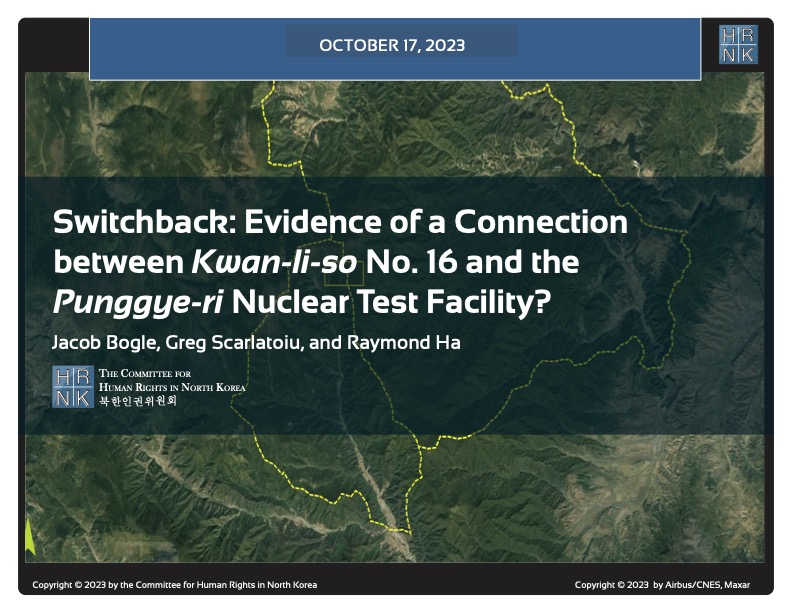
HRNK's latest satellite imagery report analyzes a 5.2 km-long switchback road, visible in commercial satellite imagery, that runs from Testing Tunnel No. 1 at North Korea's Punggye-ri nuclear test facility to the perimeter of Kwan-li-so (political prison camp) no. 16.
This report proposes a long-term, multilateral legal strategy, using existing United Nations resolutions and conventions, and U.S. statutes that are either codified or proposed in appended model legislation, to find, freeze, forfeit, and deposit the proceeds of the North Korean government's kleptocracy into international escrow. These funds would be available for limited, case-by-case disbursements to provide food and medical care for poor North Koreans, and--contingent upon Pyongyang's progress
For thirty years, U.S. North Korea policy have sacrificed human rights for the sake of addressing nuclear weapons. Both the North Korean nuclear and missile programs have thrived. Sidelining human rights to appease the North Korean regime is not the answer, but a fundamental flaw in U.S. policy. (Published by the National Institute for Public Policy)
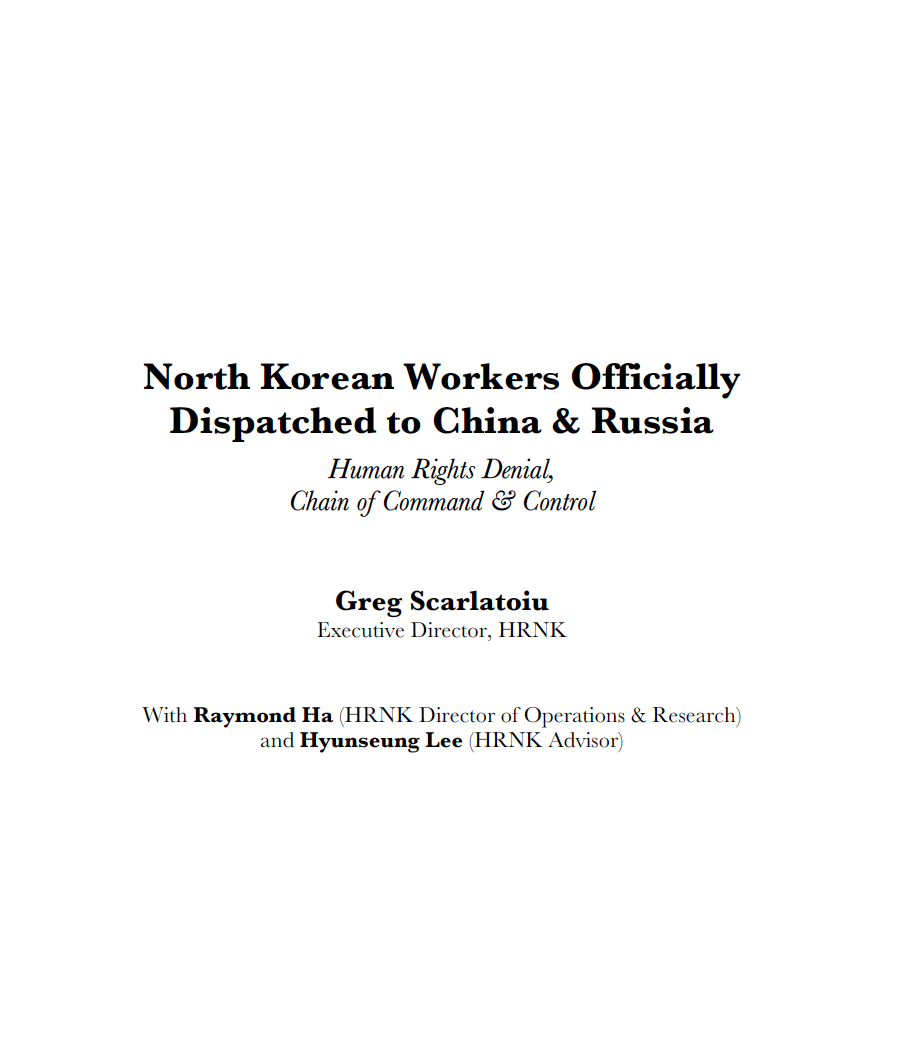
North Korea’s forced labor enterprise and its state sponsorship of human trafficking certainly continued until the onset of the COVID pandemic. HRNK has endeavored to determine if North Korean entities responsible for exporting workers to China and Russia continued their activities under COVID as well.
George Hutchinson's The Suryong, the Soldier, and Information in the KPA is the second of three building blocks of a multi-year HRNK project to examine North Korea's information environment. Hutchinson's thoroughly researched and sourced report addresses the circulation of information within the Korean People's Army (KPA). Understanding how KPA soldiers receive their information is needed to prepare information campaigns while taking into account all possible contingenc
This report is part of a comprehensive long-term project undertaken by HRNK to use satellite imagery and former prisoner interviews to shed light on human suffering in North Korea by monitoring activity at political prison facilities throughout the nation. This is the second HRNK satellite imagery report detailing activity observed during 2015 to 2021 at a prison facility commonly identified by former prisoners and researchers as “Kwan-li-so No. 14 Kaech’ŏn” (39.646810, 126.117058) and
This report is part of a comprehensive long-term project undertaken by HRNK to use satellite imagery and former prisoner interviews to shed light on human suffering in North Korea by monitoring activity at civil and political prison facilities throughout the nation. This study details activity observed during 1968–1977 and 2002–2021 at a prison facility commonly identified by former prisoners and researchers as "Kyo-hwa-so No. 3, T'osŏng-ni" and endeavors to e
This report is part of a comprehensive long-term project undertaken by HRNK to use satellite imagery and former detainee interviews to shed light on human suffering in the Democratic People’s Republic of Korea (DPRK, more commonly known as North Korea) by monitoring activity at political prison facilities throughout the nation. This report provides an abbreviated update to our previous reports on a long-term political prison commonly identified by former prisoners and researchers as Kwan-li-so
Through satellite imagery analysis and witness testimony, HRNK has identified a previously unknown potential kyo-hwa-so long-term prison-labor facility at Sŏnhwa-dong (선화동) P’ihyŏn-gun, P’yŏngan-bukto, North Korea. While this facility appears to be operational and well maintained, further imagery analysis and witness testimony collection will be necessary in order to irrefutably confirm that Sŏnhwa-dong is a kyo-hwa-so.
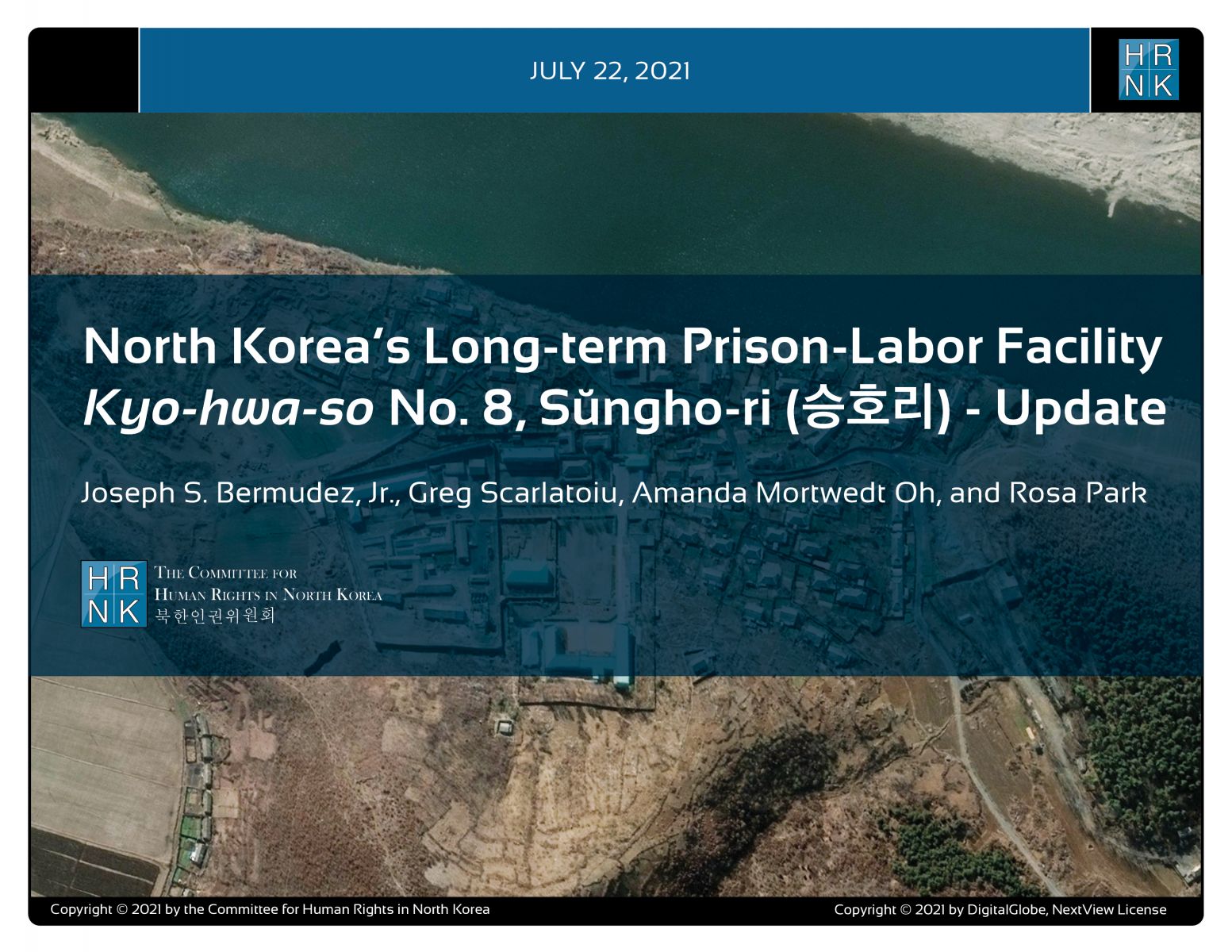
"North Korea’s Long-term Prison-Labor Facility Kyo-hwa-so No. 8, Sŭngho-ri (승호리) - Update" is the latest report under a long-term project employing satellite imagery analysis and former political prisoner testimony to shed light on human suffering in North Korea's prison camps.
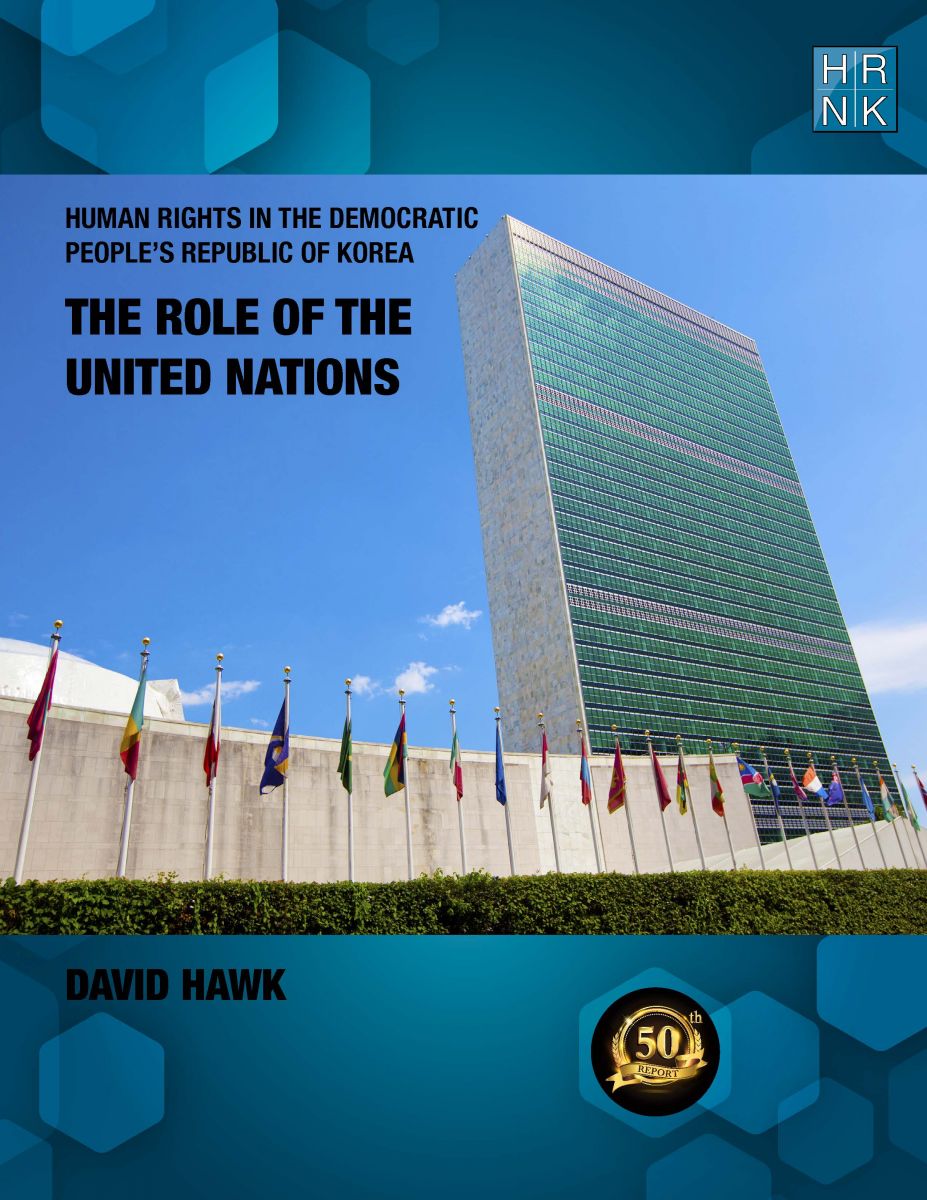
Human Rights in the Democratic Republic of Korea: The Role of the United Nations" is HRNK's 50th report in our 20-year history. This is even more meaningful as David Hawk's "Hidden Gulag" (2003) was the first report published by HRNK. In his latest report, Hawk details efforts by many UN member states and by the UN’s committees, projects and procedures to promote and protect human rights in the DPRK. The report highlights North Korea’s shifts in its approach
South Africa’s Apartheid and North Korea’s Songbun: Parallels in Crimes against Humanity by Robert Collins underlines similarities between two systematically, deliberately, and thoroughly discriminatory repressive systems. This project began with expert testimony Collins submitted as part of a joint investigation and documentation project scrutinizing human rights violations committed at North Korea’s short-term detention facilities, conducted by the Committee for Human Rights
